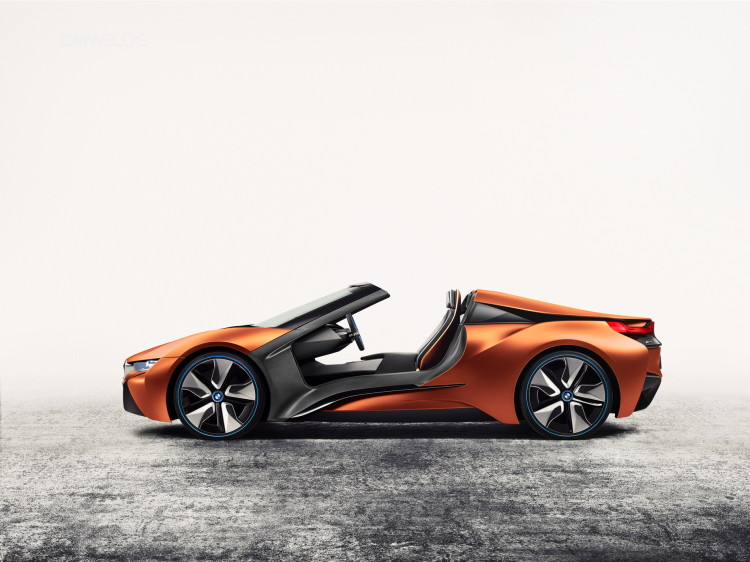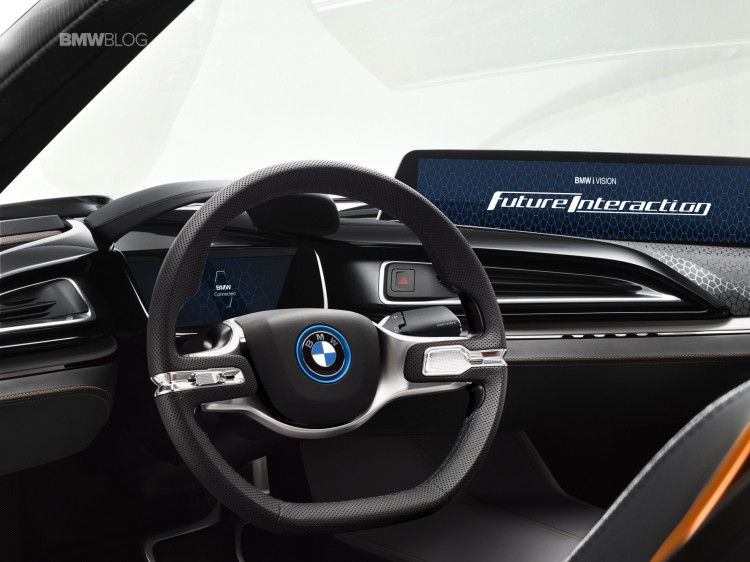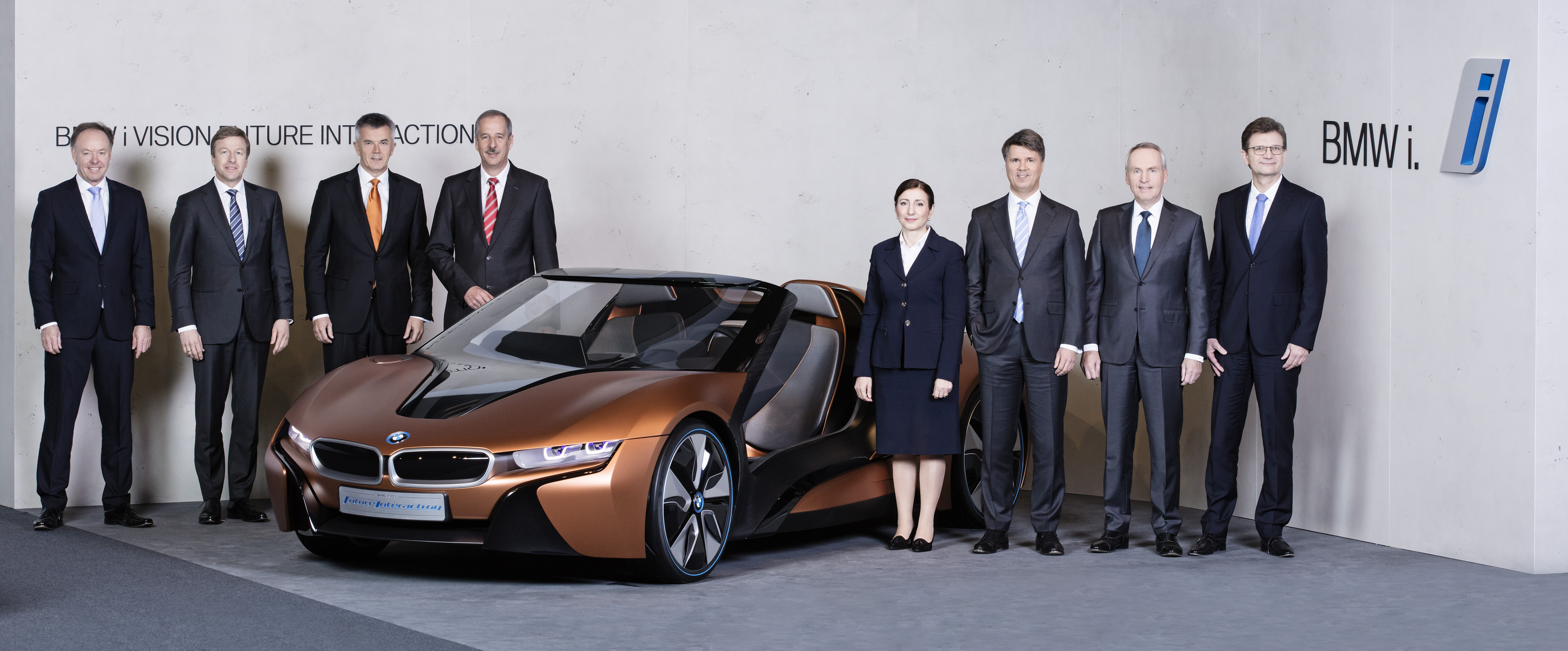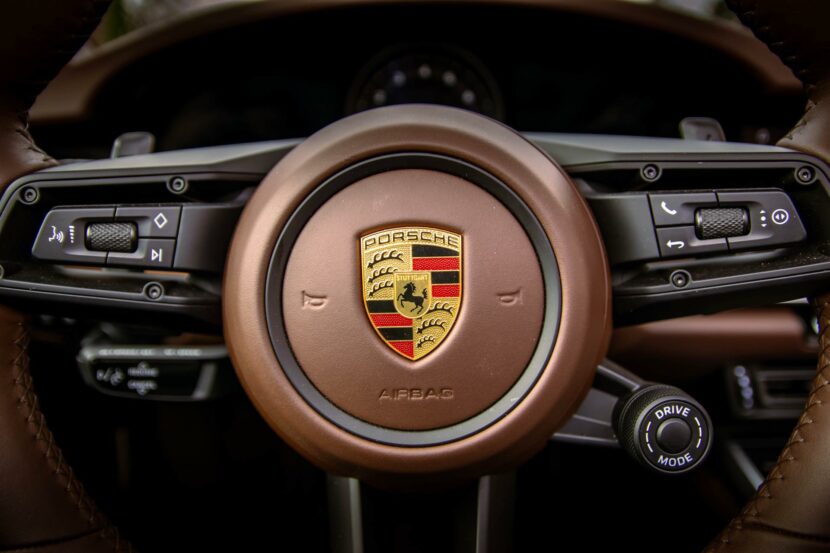It’s no secret that the automobile is becoming more of a digital tool than an analog tool in this day and age. Connectivity, autonomy and efficiency have all trumped performance, comfort and style in today’s modern automobile. No longer do drivers care about what kind of engine is under the hood, they only care about how it can sync to their phone and if they can get 4G LTE connectivity so they can Snapchat at red lights. This is a digital age that’s both exciting and terrifying, depending on your outlook on cars.
BMW has long been a brand that focuses on the analog more than the digital, focusing on driving dynamics, performance and feel over how many doodads it has. While BMW has been increasing the size of its doodad inventory, its cars are still of the sort that you want to actually drive, not just transport in. However, BMW may have to seriously look into shifting its strategies if it wants to stay competitive in the luxury segment.

Last year, BMW was the number one selling luxury automaker in the world, moving 2.2 million units to the tune of $102.3 billion (which roughly equates to around an average of $46,000 per car), with its bottom-line profit coming in a $6.4 billion (a profit-margin of around 6.2 percent). So BMW is clearly atop of the luxury car market. However, that may not last long as automakers like Mercedes-Benz and Audi are growing their yearly sales considerably and getting very close to BMW’s top spot. Not to mention companies like Jaguar, Maserati and Alfa Romeo attempting to get in the mix and steal precious sales away. But the big two competitors, Mercedes and Audi, are stealing customers away with their new approach to their cars, featuring heavy uses of technology. For instance, the new Audi A4 may not be as fun to drive as the 3 Series but you can bet it will steal quite a few sales away, with its fancy new tech, such as Apple CarPlay, Android Auto, Virtual Cockpit and autonomous driving aids. The modern customer values technology over driving dynamics.
“We are leading BMW Group into a new era,” said BMW CEO, Harald Krüger. “To this end we leverage innovative technologies, comprehensive connectivity and zero-emission mobility. All of these need to be industrialized, bearing in mind our business responsibilities, and in a sustainable manner, which in itself is another great challenge,” BMW must become equal parts technology company and manufacturing company. It must increase its software and technology development if it wants to stay alive in this new world of luxury cars. “The value creation is shifting from the actual hardware toward software and services,” said Krüger.
BMW will usher in these new technologies and software developments under the banner of BMW iNEXT.“BMW iNEXT heralds the next era of mobility,”said Krüger, “This symbol of our technology leadership will demonstrate how we will bring the future of mobility into series production.” BMW’s new technology and software will be developed to make the customer’s experience better. “In the future, all aspects of our products – whether design, handling or everyday usage – will be modelled more closely than ever before on the customer’s needs,” said Klaus Fröhlich, member of the Board of Management responsible for Development.

So BMW is heavily investing in its digital future, developing new technologies and software. BMW even created its own investing firm, focusing on technology start-ups, called BMW i Ventures, which will help new tech start-up fund their technologies so BMW can use them in the future. It’s a new world for BMW, as it is for all of us, and it has to adapt and shift its strategies that the Bavarians have relied on for a century if it wants to survive.





































































